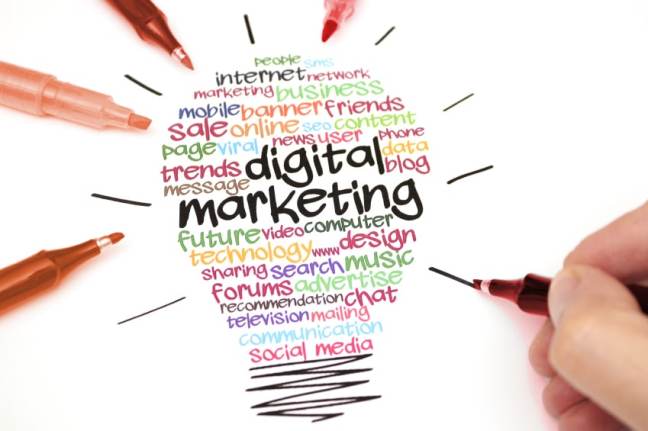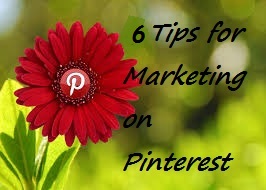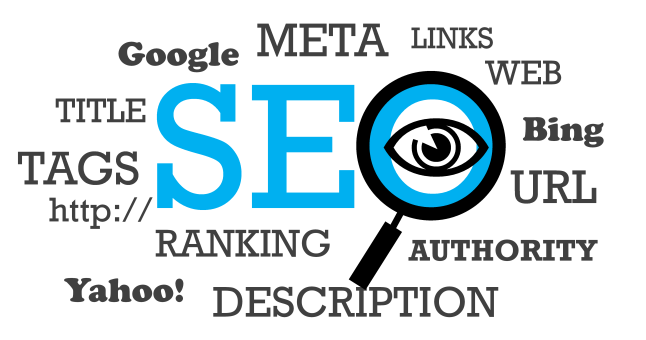 The job market is changing like crazy, especially given how quickly technology is growing and improving. This is even more true of artificial intelligence that is now being used or plans to be used in most businesses in 2018.
The job market is changing like crazy, especially given how quickly technology is growing and improving. This is even more true of artificial intelligence that is now being used or plans to be used in most businesses in 2018.
There are the employees who are extremely excited about the changes and working with an artificial intelligence company to build up the company and improve their jobs. However, a lot of people are hesitant about what the new technology will do to their jobs. Here are some ways you can expect artificial intelligence to affect a job in 2018.
Working alongside the technology
In 2018, as more businesses adapt to working with AI, companies will expect employees to learn how to work alongside the technology. At this point, most artificial intelligence technology enhances a job experience rather than replacing it entirely. You might be nervous about learning how to handle new computer equipment, but once you have it down, it will make your job so much easier.
AI has the ability to analyze data and give you real time results and recommendations, which helps employees avoid busy work in order to focus more on creative solutions. It can also work very well in a customer service atmosphere. AI Chatbot can respond to questions from customers that are repetitive allowing agents to focus on problems that take more creative thinking. It can listen in to customer service calls and punch out recommendations based on the customer and the conversation on what a person should say next. A marketing department can use artificial intelligence to increase personalization with customers. This type of technology will remove a lot of the busy work from the day making it easier for employees to destress and work on doing their job instead of filling out paperwork and reports.
Even high-level executives will need to learn to work with artificial intelligence this year, as it can help produce reports and give answers to help with high level decision making. It is not a technology that can only be used in specific departments but rather a company-wide change that will improve the overall business.
What about job creation?
A lot of people are worried that jobs are going to be replaced by the new artificial intelligence technology as it becomes more advanced and capable. We’ve already seen many restaurants and retail stores trying to incorporate more self checkout and kiosks to work with instead of people. And while it’s true that artificial intelligence will be able to easily replace a lot of repetitive jobs, it will also help create many jobs. There will be a demand for more highly trained individuals to program and work with the artificial intelligence as well as new careers we can’t even think of yet. There will be new skills required to work with the technology. More jobs will be created in an industry we haven’t really explored much of yet, which means that even though people are nervous about losing jobs, AI will likely create more jobs than it takes.
Mobile Technology News brought to you by biztexter.com
Source: forbes.com/sites/danielmarlin/2018/01/16/millennials-this-is-how-artificial-intelligence-will-impact-your-job-for-better-and-worse/#1ec4fdbd4533








